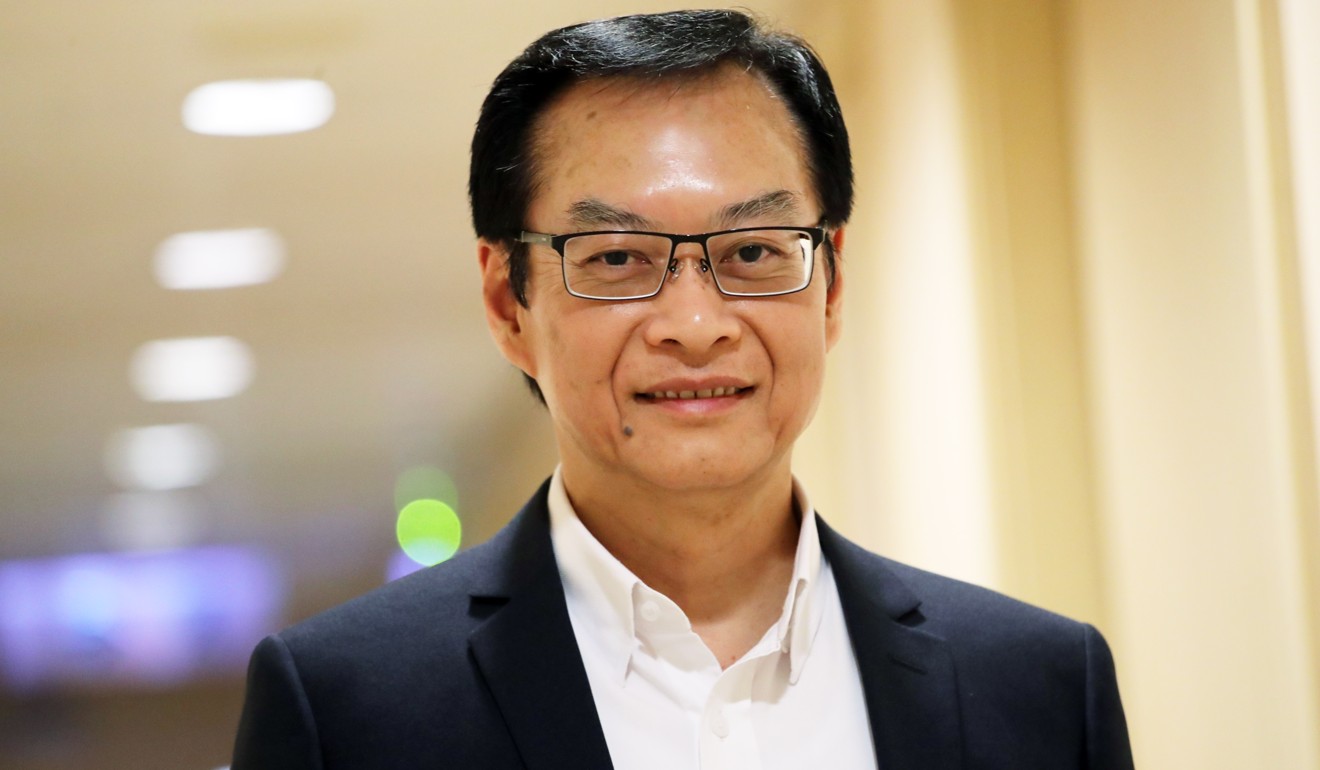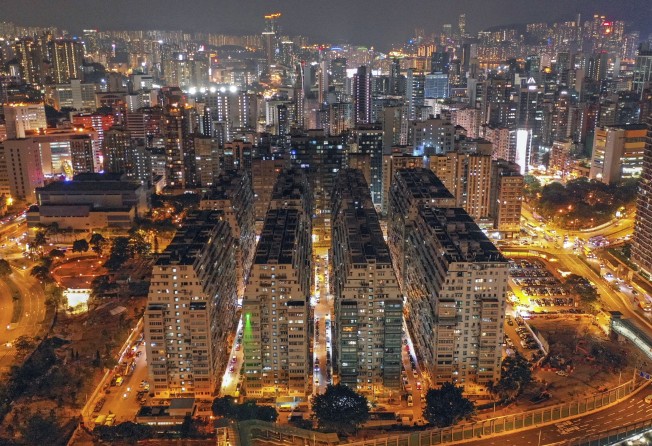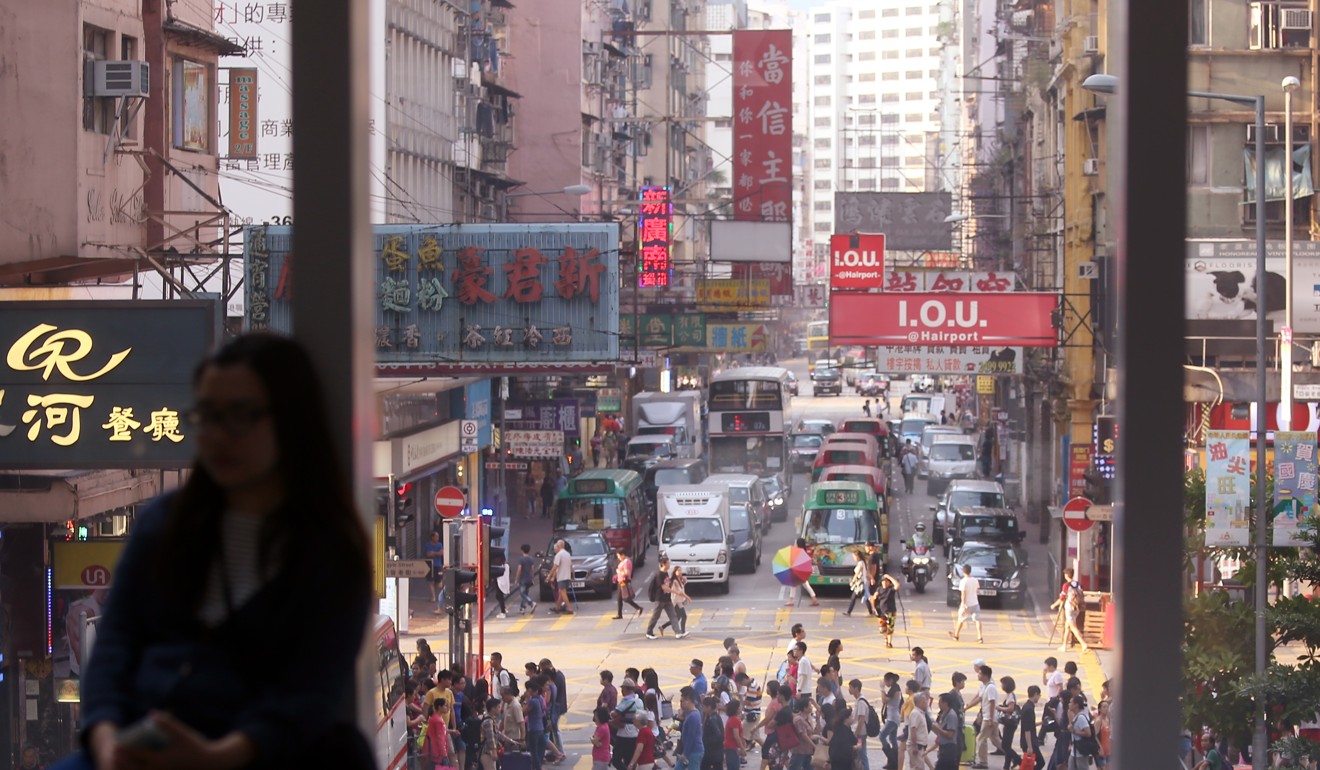
Innovation such as driverless cars key to overhauling old Hong Kong districts, Urban Renewal Authority chief says
Yet converting intention into reality requires greater flexibility from officials

A more innovative approach is necessary to overhaul two of Hong Kong’s oldest districts, the city’s top urban renewal official has declared, as he planned to incorporate the latest technologies such as driverless cars in the areas.
Yet converting intention into reality would require greater flexibility from officials and some planning rules must be relaxed, according to Urban Renewal Authority (URA) managing director Wai Chi-sing.
“Hong Kong has always been talking about being a smart city,” Wai told the Post on August 24. “The reason why it has not succeeded is that we haven’t applied technology.”
“But for all this to happen, government policies need to be accommodating.”

Wai said the authority was adopting a more district-based approach in redeveloping two of Hong Kong’s oldest areas, Mong Kok and Yau Ma Tei. Instead of looking at individual redevelopment sites in the two areas, the authority is carrying out a study to identify problems the entire district faces, formulate proposals and consult the neighbourhood. The same approach was taken to address ageing buildings in Kowloon City seven years ago.
Government statistics show there are more than 44,000 people living in every square kilometre of Mong Kok and Yau Ma Tei – the third-highest residential density in the city after Kwun Tong and Wong Tai Sin. The study covers an area of 212 hectares, involving 3,345 buildings, of which 2,700 are at least 30 years old.
Wai said creating space from the already densely populated areas was a challenge.
Roads in these two districts, for example account for 44 per cent of the ground area, dwarfing walkable areas and open spaces. The study is examining how to improve walkability.
One of the possibilities under consideration, Wai noted, was building large underground car parks in public transport convergences, such as the area located between different MTR stations.
Residents in the neighbourhood could then park their cars in the underground area and use public transport for their daily commuting.
To achieve this, however, regulations would need to be changed, Wai said, as each new building must provide a certain number of parking spaces.
“In the future, an underground car park would serve a whole neighbourhood,” he explained. “If this can be achieved, we can leave the ground-level spaces for other more enjoyable activities.”
There could even be connections between car parks for driverless cars to navigate, he added.
This is part of Wai’s plan to promulgate Hong Kong as a smart city. He also envisions solar-powered bladeless fans installed on different levels of tall buildings to automatically sense natural wind speed. When the wind speed is too low for proper ventilation, these fans would start operating.
The study is expected to set out comprehensive planning for the two districts. For instance, it would identify “no-go areas” that are culturally important such as Temple Street and Ladies’ Market, meaning surrounding buildings would not be allowed to be redeveloped into taller ones.

The study will then select areas where density can potentially be increased, and sites where density can be reduced.
“Once we identify the no-go areas, we can integrate the old and the new, achieving placemaking and community building in the process,” Wai said.
The study will also identify areas where permitted development has not reached capacity, and look into whether the remaining density can be transferred to other areas with more economic potential but have used up all the development density.
Andy Yu Tak-po, a Yau Tsim Mong district councillor and Civic Party member, expressed concern that the transfer of development density could result in too many skyscrapers and massive buildings blocking air flow.
Yu said he welcomed incorporating technology in urban renewal planning, and suggested that the underground car parks have several storeys to accommodate more vehicles.
But the district councillor warned that extensive underground works might threaten structural safety, and called for additional study of the matter.